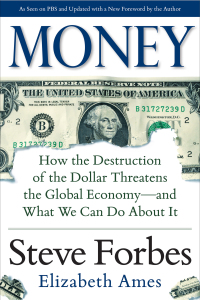Question
10.Purchasing Power Parity (PPP) theory states that a. the prices of standard commodity baskets in two countries are not related. b. the exchange rate between
10.Purchasing Power Parity (PPP) theory states that
a. the prices of standard commodity baskets in two countries are not related.
b. the exchange rate between currencies of two countries should be equal to the ratio of the countries' price levels.
c. Both A and B are correct.
d. as the purchasing power of a currency sharply declines (due to hyperinflation) that currency will depreciate against stable currencies.
11.A bank may establish a multinational operation for the reason of knowledge advantage. The underlying rationale being that
a. greater stability of earnings is possible with international diversification. Offsetting business and monetary policy cycles across nations reduces the country-specific risk of any one nation.
b. by maintaining foreign branches and foreign currency balances, banks may reduce transaction costs and foreign exchange risk on currency conversion if government controls can be circumvented.
c. the foreign bank subsidiary can draw on the parent bank's knowledge of personal contacts and credit investigations for use in that foreign market.
d. local firms may be able to obtain from a foreign subsidiary bank operating in their country more complete trade and financial market information about the subsidiary's home country than they can obtain from their own domestic banks.
Step by Step Solution
There are 3 Steps involved in it
Step: 1

Get Instant Access to Expert-Tailored Solutions
See step-by-step solutions with expert insights and AI powered tools for academic success
Step: 2

Step: 3

Ace Your Homework with AI
Get the answers you need in no time with our AI-driven, step-by-step assistance
Get Started


